Mystery body identified as WW2 seaman from Grimsby after 78 years
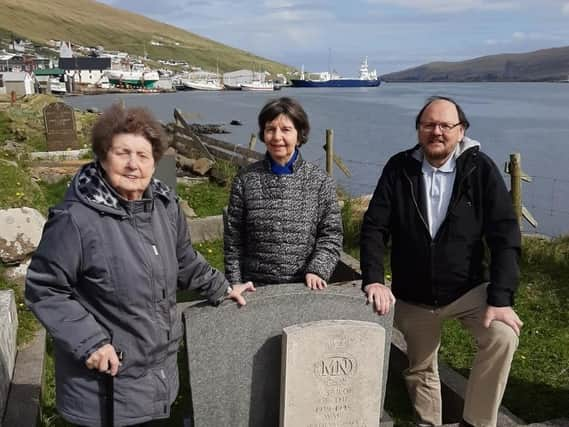

British soldiers stationed on the Faroe Islands joined a solemn procession for the tattooed sailor, whose body was found with English money and one good clue to his identity – a wedding ring with the initials JHN.
For decades the grave was lovingly tended by residents from Vágur, a small town on the island of Suðuroy.
Advertisement
Hide AdAdvertisement
Hide AdResearcher Arnfinnur Thomassen became intrigued when he found out that the grave which his cousin Tina Tausen, 90, had looked after for decades was the only unidentified burial in the cemetery.
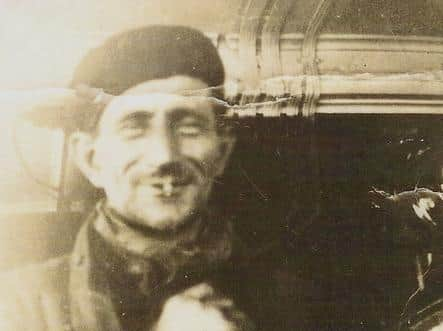

The original police record revealed “he was not a military person, he was a seaman and had some English pounds in his pockets, his arms were tattooed and he had been in the sea for two weeks.”
Mr Thomassen added: “Then I saw the ring. I thought N had to be the last name, so then I started searching.”
He started trawling records online, before finding a single match on ancestry.com – John Henry Nicholls, left, a crew member of the ill-fated Bromelia, a trawler from Grimsby, which sank in 1942, with the loss of 13 lives.
Advertisement
Hide AdAdvertisement
Hide AdMr Thomassen decided to contact Lincs Inspire Libraries and Jennie Cartwright from the local history department set to work, uncovering more valuable information. An appeal on local radio raised half a dozen grandchildren, including Jackie Pearce from Grimsby.
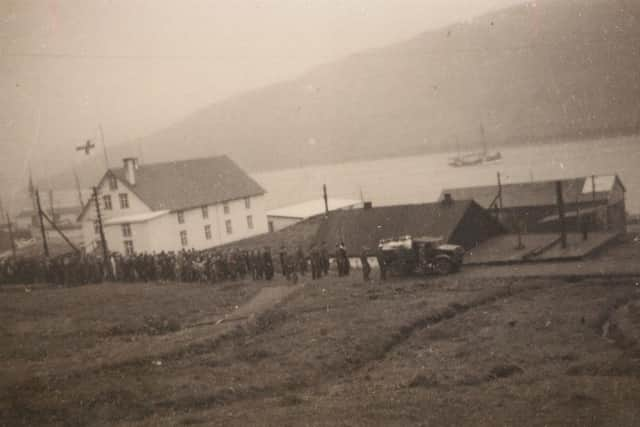

Mrs Pearce, said her father Ron – just 14 when Bromelia was lost – always “spoke very highly” of his father and would have been “over the moon”.
She added: “If there is a sadness it is that my Dad didn’t live long enough to hear this news. It was the never knowing.
“How amazing it was that they found the ring with those initials – otherwise we would have never known.”
Advertisement
Hide AdAdvertisement
Hide AdAnother granddaughter Christine Paris, from Wokingham, Berkshire, whose father Charles was a skipper, said the story was “testimony to the kindness of people”. She said: “All we knew was that his fishing vessel had gone missing in 1942 and his name is on the memorial on Tower Hill in London.”
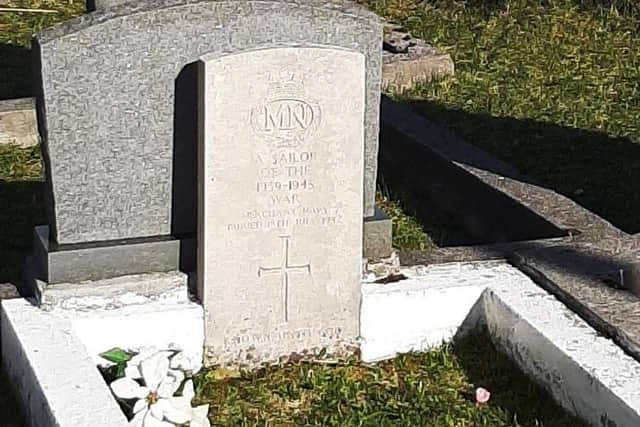

No one can still say with certainty what the vessel was being used for at the time it was lost. But the probability was that she was fishing.
In October 1942, her register was closed with a brief statement: “Ship missing since 22/6/42.”
A year later, John Henry Nicholls' widow Clara, who had two sons, got an official letter, adding his name to the Official Roll of Honour.
Advertisement
Hide AdAdvertisement
Hide AdHis name can be seen on the Tower Hill Memorial in London, which commemorates more than 35,800 men of the Merchant Navy and Fishing Fleets who have no known grave.
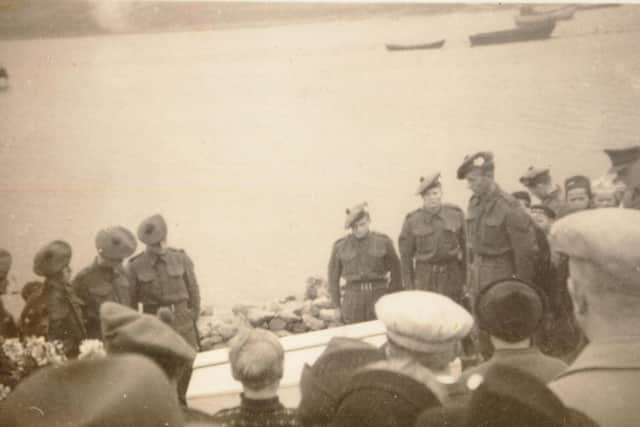

Researcher Ms Cartwright said it showed how “after 78 years you can reconnect people”.
She added: “It also shows the power of joint efforts in research working with Arnfinnur with the pieces of the puzzle he had and those I could find.”
By pure coincindence when speaking to Mr Thomassen, with whom she has previously collaborated on research projects, she mentioned that her great grandfather came from the very same town, Vágur.
She said: “He told me he could see our family home from where he lives.”